- Joined
- Jul 12, 2004
- Messages
- 4,060
I'd guess that 80% of the people on the street had never seen a top ideal cut in their life, so all diamonds would look the same to them.
I think that is a good observation DF because most ladies compliment my 3.01 F-SI1 pear at first. However, I have had 3 jewelers compliment my 2.21 F-SI1 CBI. One of them was a HoF dealer, another sold high end jewelry in Santa Barbara including Patek Philippe watches @Dancing Fire , and another jeweler in Vancouver BC who thought it was an D or E in color.
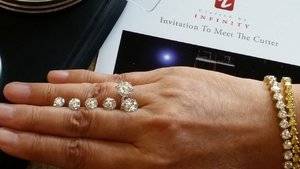
@John Pollard paid me a surprise visit at an Inn in Half Moon Bay where I got to play with other CBI diamonds. This sure brighten up my day (was in the dumps


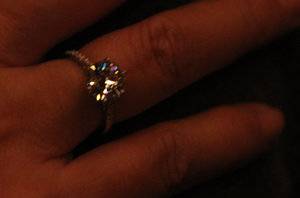
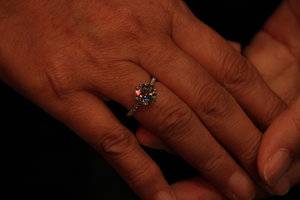
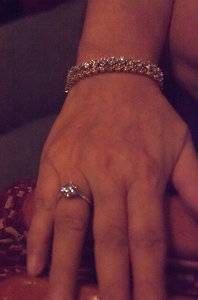
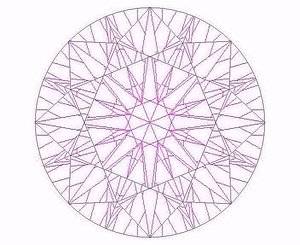
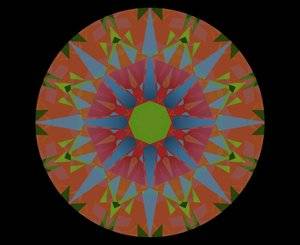
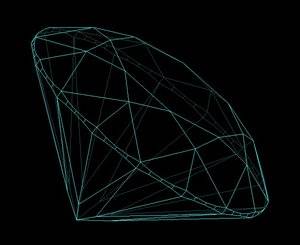
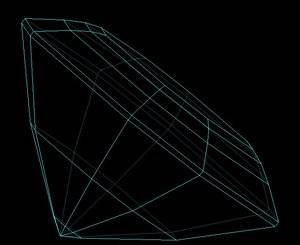
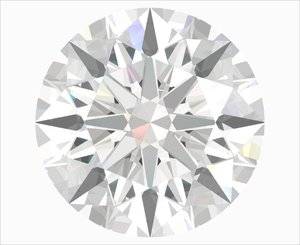
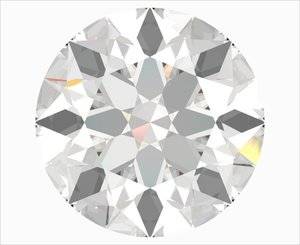
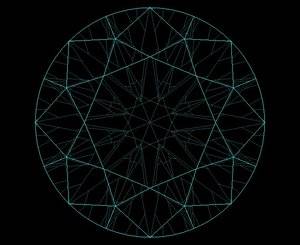
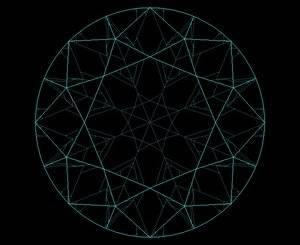
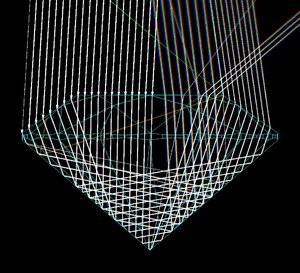
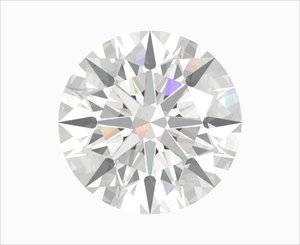
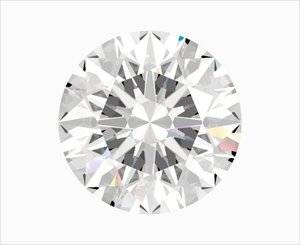


300x240.png)